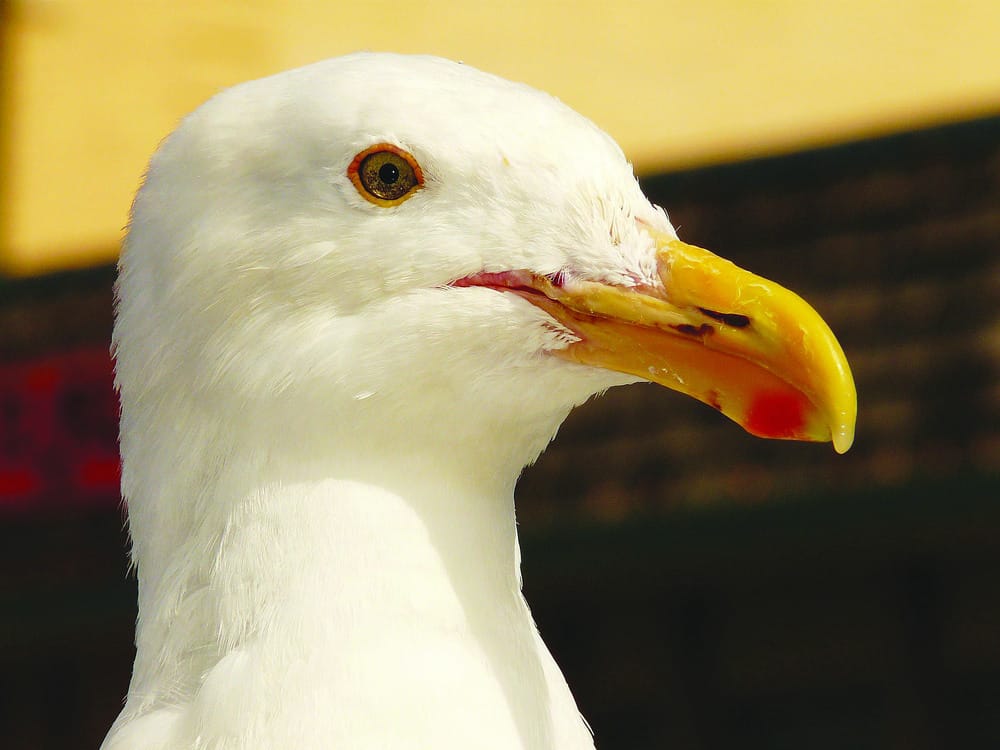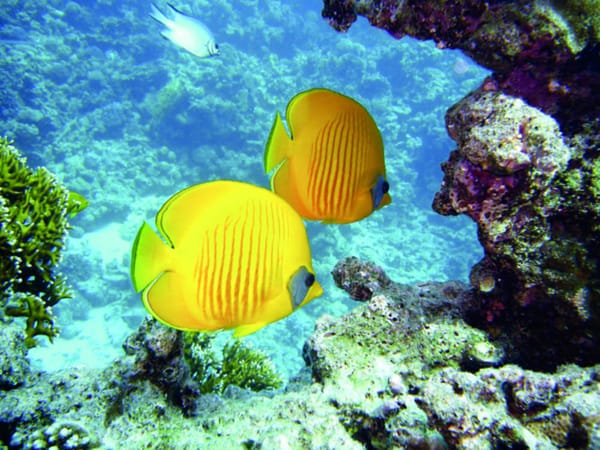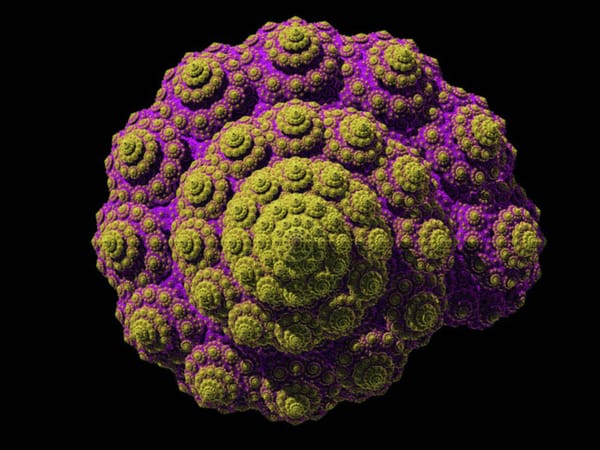Spotted | The seagull of nightmares
Eva Coles tells the story of a vicious murder she witnessed whilst in search of a quiet cuppa

For most, a visit to Hyde Park engenders feelings of tranquility and relaxation. Going for a walk in this urban wilderness at the heart of London would provide anyone with the “escape” that we city dwellers crave, whether we know it or not. As a biologist, I certainly identify myself as a regular park visitor, always admiring the flora, observing wildlife and I’ve come to familiarize myself with the ecosystem. However, nothing could have prepared me for what I witnessed a few weeks ago.
I had just arrived at the Serpentine Bar when I stopped for a bit of bird watching. After some time, a lone seagull stealthily approached one group of pigeons on the shore. This did not seem out of the norm until the gull suddenly sprinted at the smallest of the pack, dragged the poor creature into the water and began viciously pecking at it. At first, this seemed like a territorial attack, but as the assault persisted, it became clear the intention was to kill. It felt like a horrific scene out of Planet Earth. The encounter lasted for around ten minutes. Unexpectedly, the seagull went on to eat its victim, which, as you can imagine, did nothing to help my now greatly disturbed psyche. It felt like I’d just witnessed murder. Nonetheless, my scientific nature was curious to know why this was happening.
A local birdwatcher, Ralph Hancock, had also taken notice of this notorious creature, having first spotted it over five years ago. As it turns out, seagulls are known to develop new hunting strategies if their existing methods are unsuccessful, however, in this case, there was no clear motivation for change in eating habits. Due to their webbed feet, they do not have the strength to hold, let alone kill, a pigeon on the ground, hence drowning them in water. This gull started out by diving onto prey flying below from the top of the Serpentine Bar. This technique was, however, insufficient, leading the bird to switch to running at prey on the shore and dragging them into the water.
Interestingly, some North American gull populations have been observed eating neighboring chicks, because fish, their main food source, have followed plankton to deeper colder waters in response to rising temperatures. In our case the true reasons behind the violent cannibalistic behaviour may remain a mystery. If you would like to tackle that question yourself or simply have an interest watching in mother nature in her full, merciless force, head over to the Serpentine and keep a sharp eye. The Seagull you’ll be looking for won’t be too hard to spot, as it has an unnaturally muscular physique.









